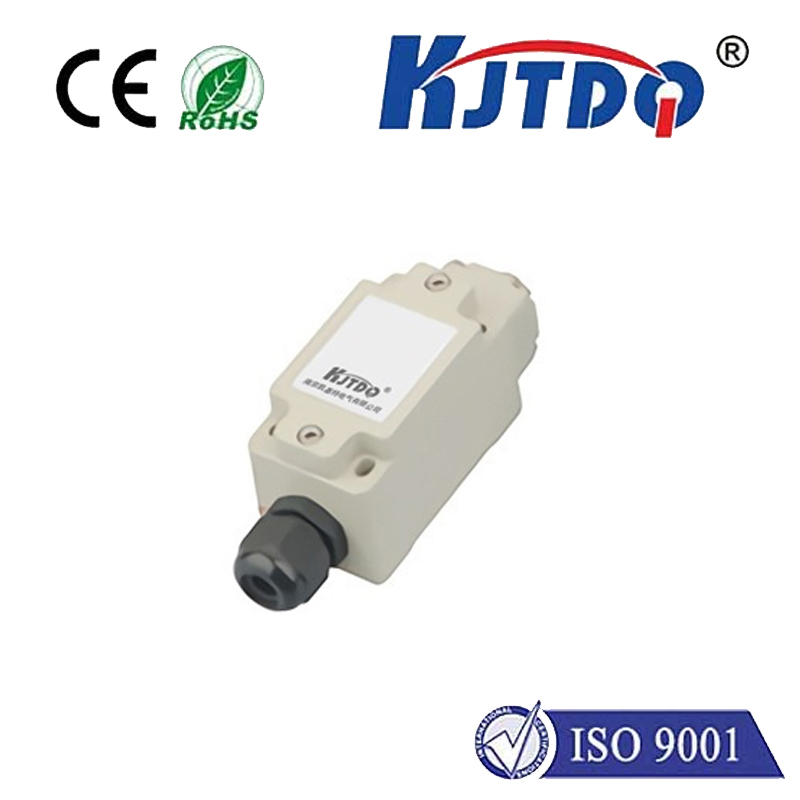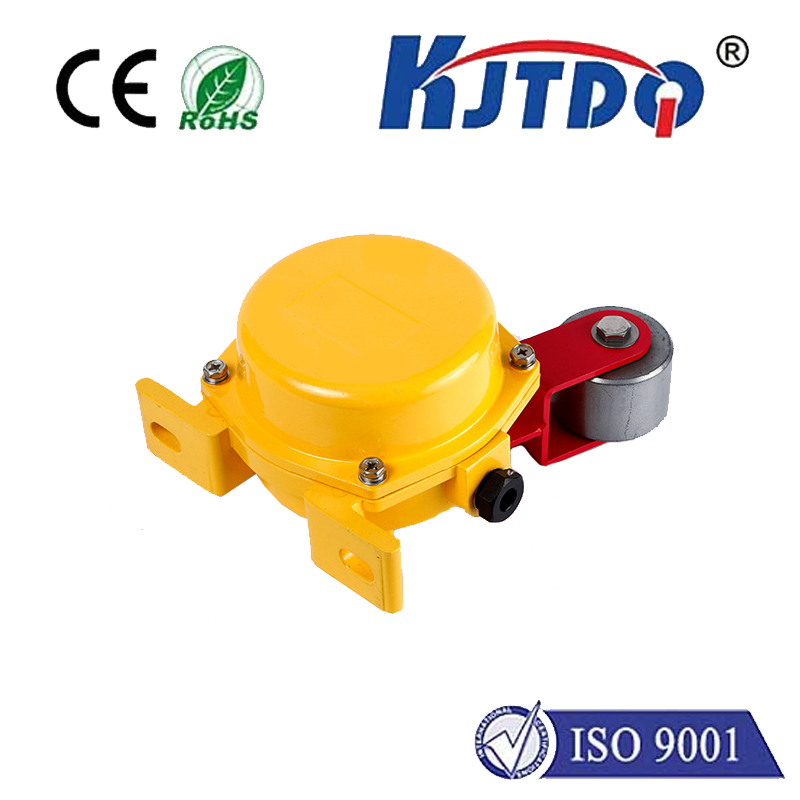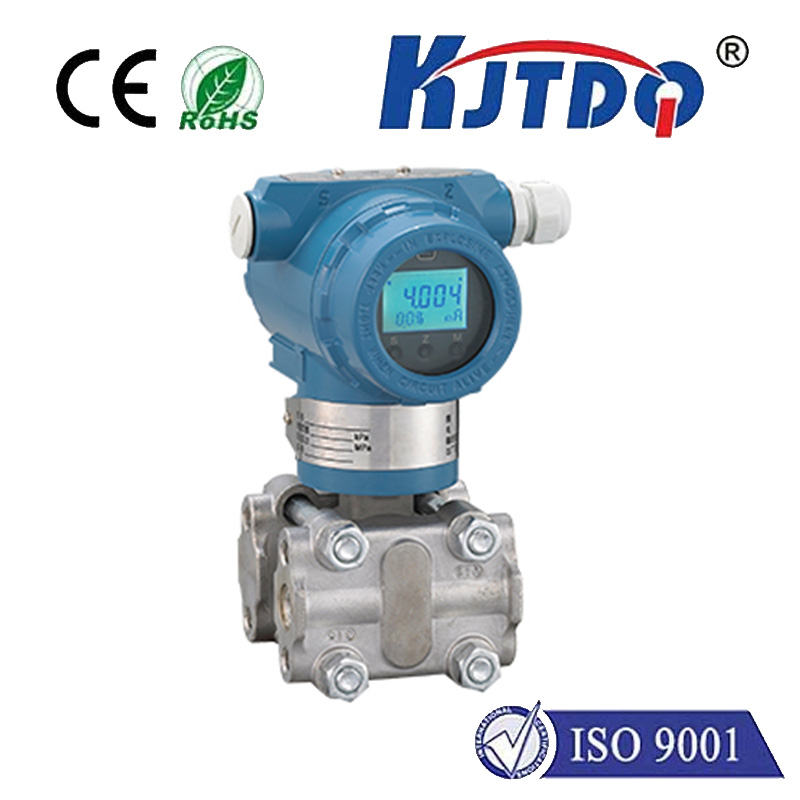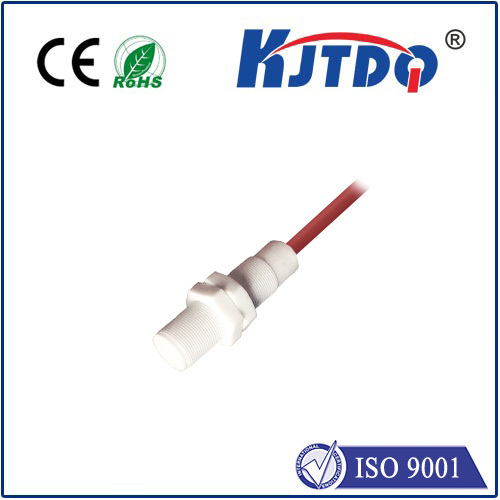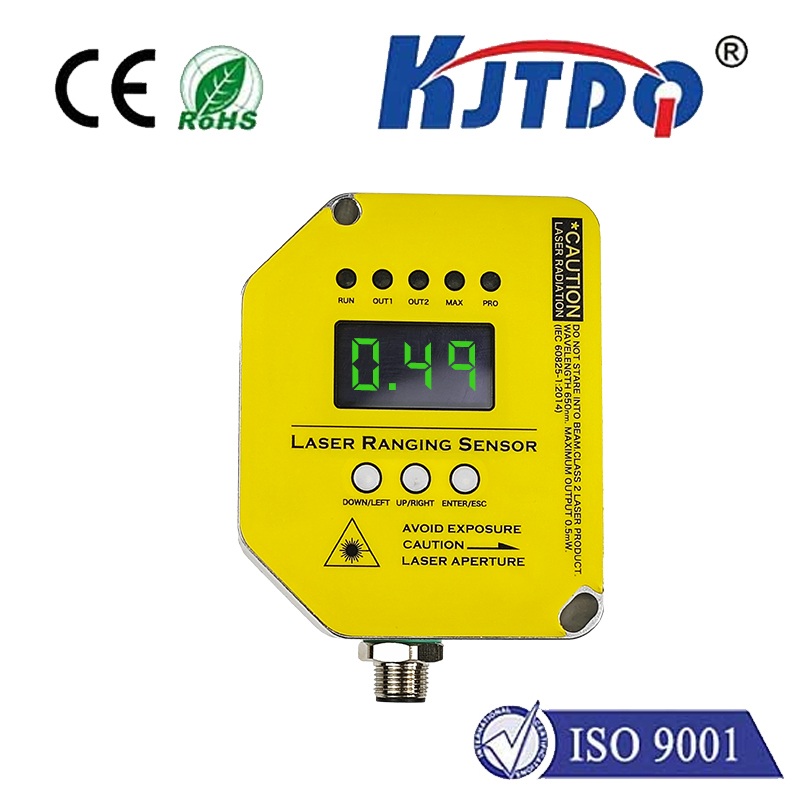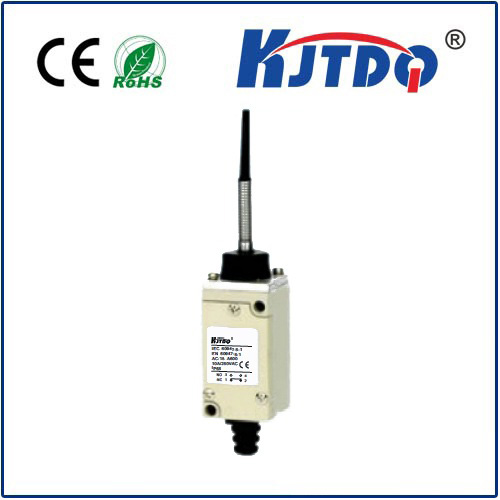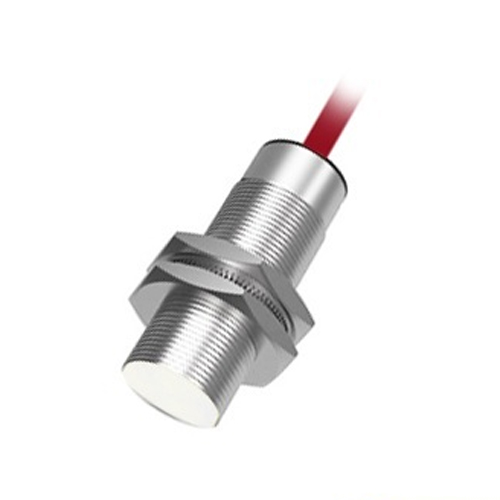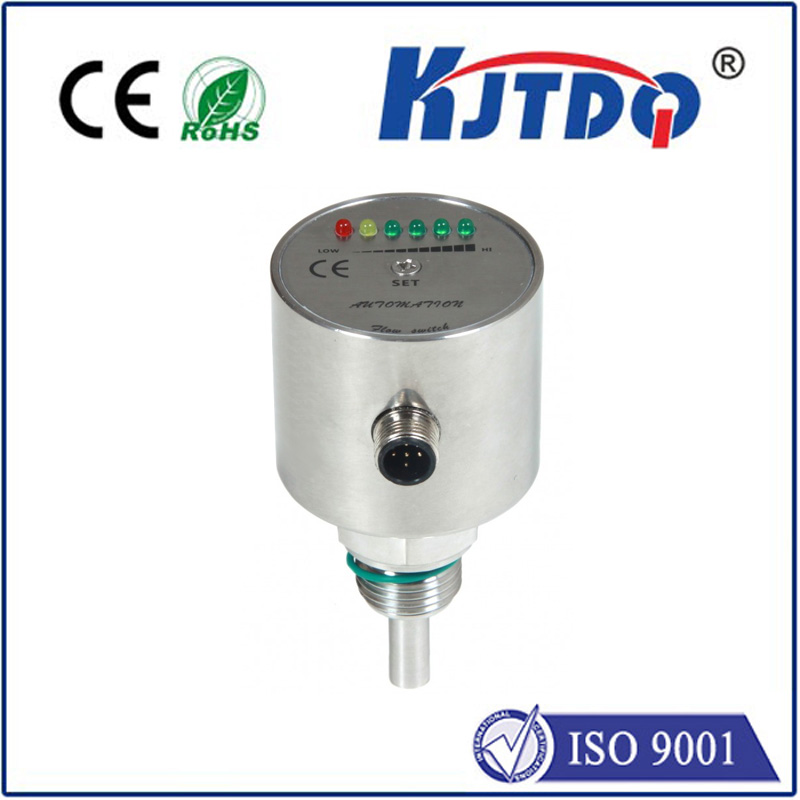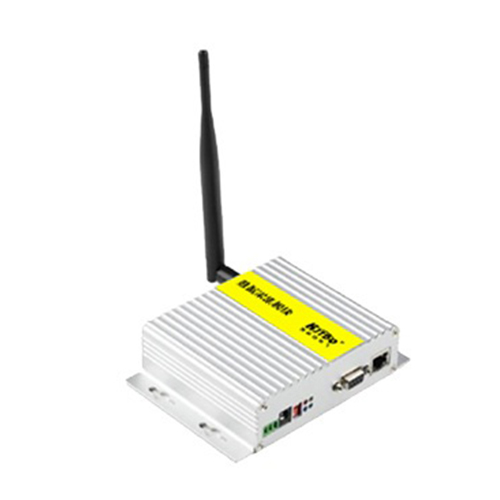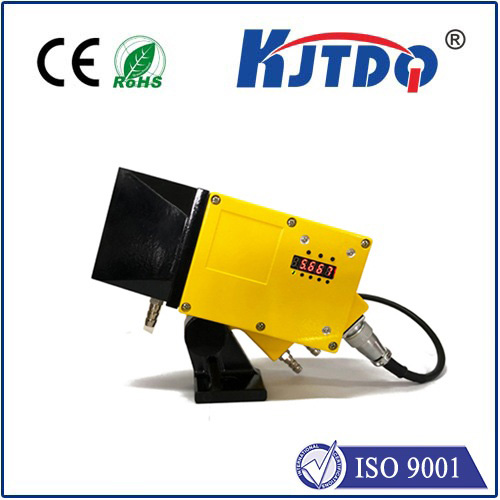

check

check

check

check
S-BOS 21M D Photoelectric Sensor: Enhancing Efficiency and Precision in Industrial Automation
In today’s rapidly evolving industrial landscape, automation and precision are key to achieving operational excellence. Among the various technologies used in modern manufacturing, the S-BOS 21M D photoelectric sensor stands out as a vital component in enhancing efficiency and accuracy. This sensor is designed to provide reliable detection and measurement, making it an essential tool in a wide range of applications. Whether used in conveyor systems, material handling, or quality control, the S-BOS 21M D photoelectric sensor plays a crucial role in streamlining processes and reducing downtime.
The S-BOS 21M D photoelectric sensor is a high-performance device that uses light-based technology to detect the presence or absence of objects. It operates on the principle of photodetection, where a light source emits a beam that is either reflected or blocked by an object. When the beam is interrupted, the sensor triggers a response, allowing it to signal the system to stop or adjust accordingly. This non-contact detection method ensures minimal interference and high accuracy, making it ideal for applications where precision is critical.

One of the key advantages of the S-BOS 21M D photoelectric sensor is its high sensitivity and wide detection range. The sensor is engineered to work effectively in various environments, including dusty, humid, or high-temperature settings. Its robust construction and durable materials ensure long-term reliability, even under demanding conditions. Additionally, the sensor can be customized to suit specific applications, offering flexibility in its use across different industries.
Another important feature of the S-BOS 21M D photoelectric sensor is its compatibility with a wide range of control systems. Whether it is integrated with PLCs (Programmable Logic Controllers), CNC machines, or automated robotic systems, the sensor can seamlessly communicate with existing infrastructure. This compatibility ensures that the sensor can be easily incorporated into existing workflows without requiring major modifications.
In addition to its technical specifications, the S-BOS 21M D photoelectric sensor is designed with user-friendliness in mind. The intuitive interface and clear display make it easy for operators to monitor and manage sensor performance. Advanced diagnostics and status indicators provide real-time feedback, allowing for quick identification and resolution of any issues. This ensures that the sensor remains a reliable and efficient part of the automation process.
The S-BOS 21M D photoelectric sensor is not just a tool for detection—it is a cornerstone of modern industrial automation. Its ability to improve efficiency, reduce errors, and enhance precision makes it a valuable asset in any manufacturing or production environment. As industries continue to innovate and adopt advanced technologies, the importance of reliable and efficient sensors like the S-BOS 21M D photoelectric sensor will only grow.
In conclusion, the S-BOS 21M D photoelectric sensor represents a significant advancement in industrial automation, offering a blend of precision, durability, and versatility. Its integration into various applications ensures that it remains a preferred choice for manufacturers looking to optimize their operations. With its advanced features and reliable performance, the S-BOS 21M D photoelectric sensor continues to set new standards in the field of automation and industrial control.
